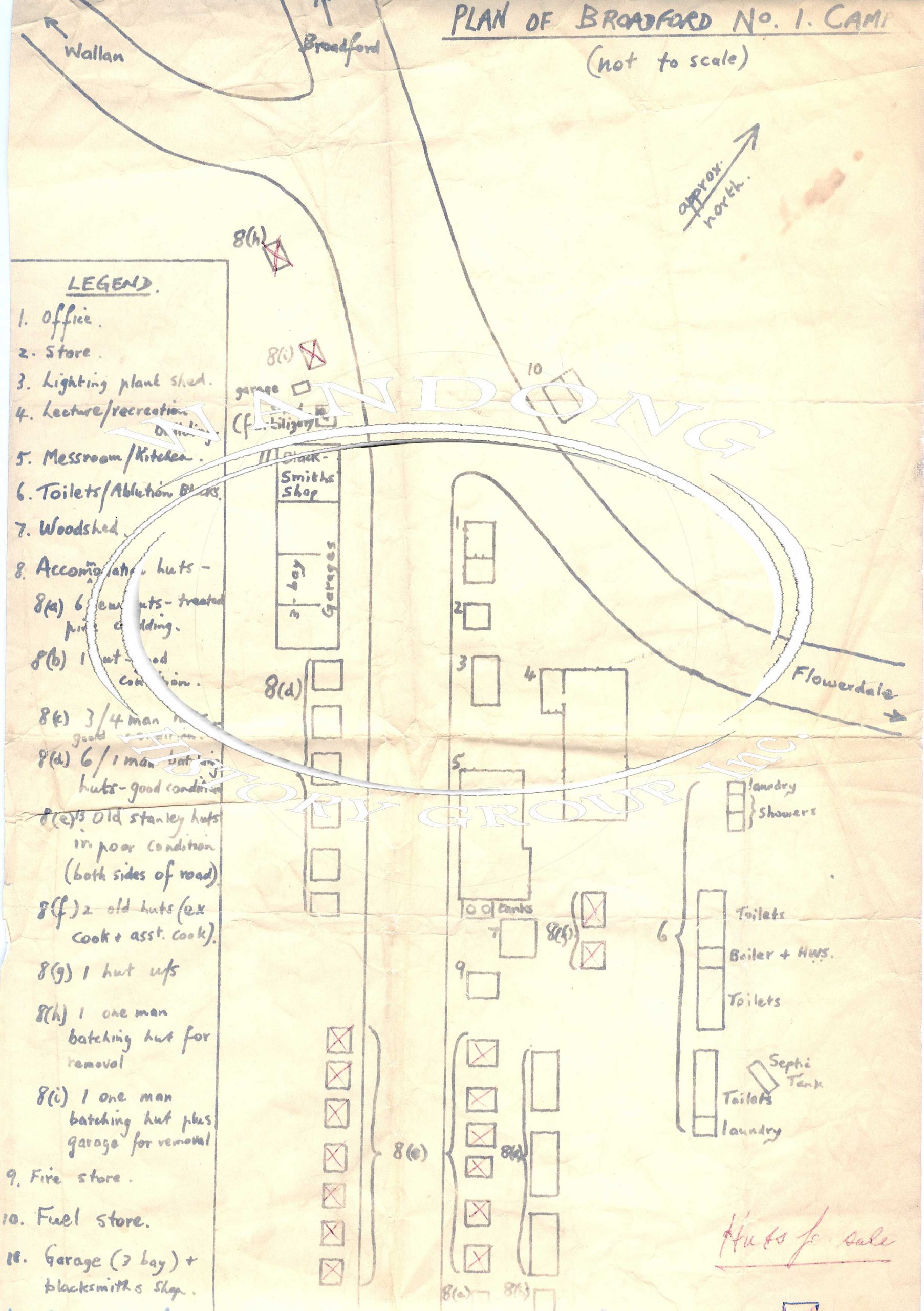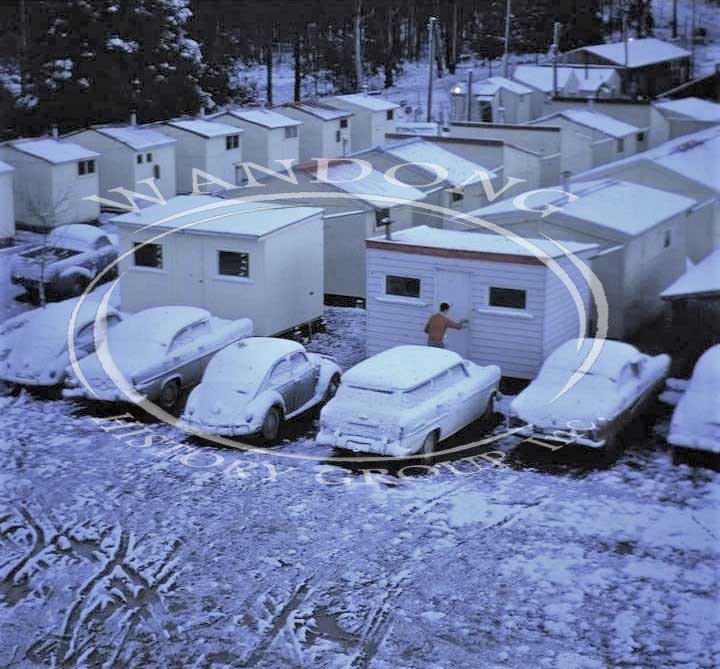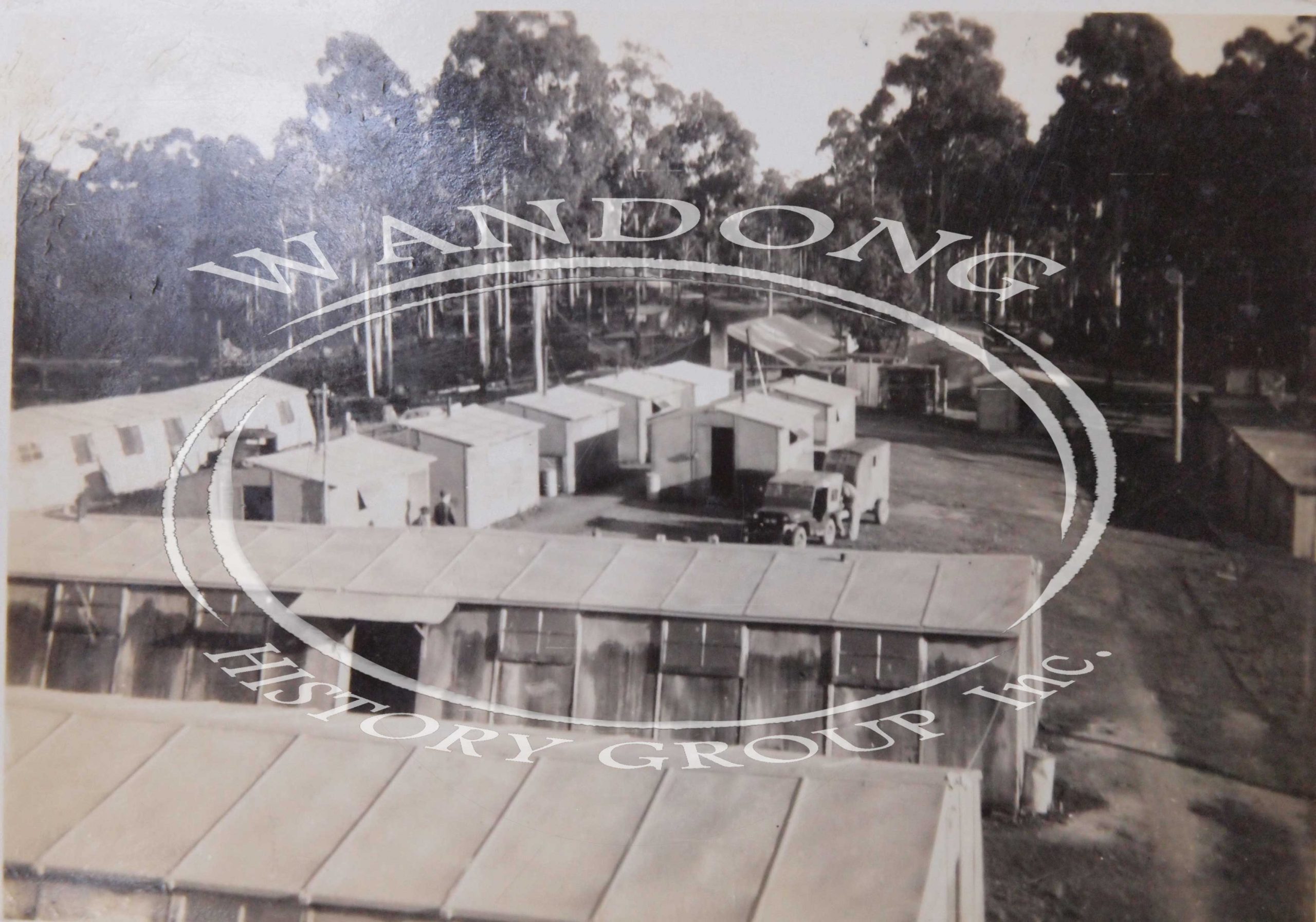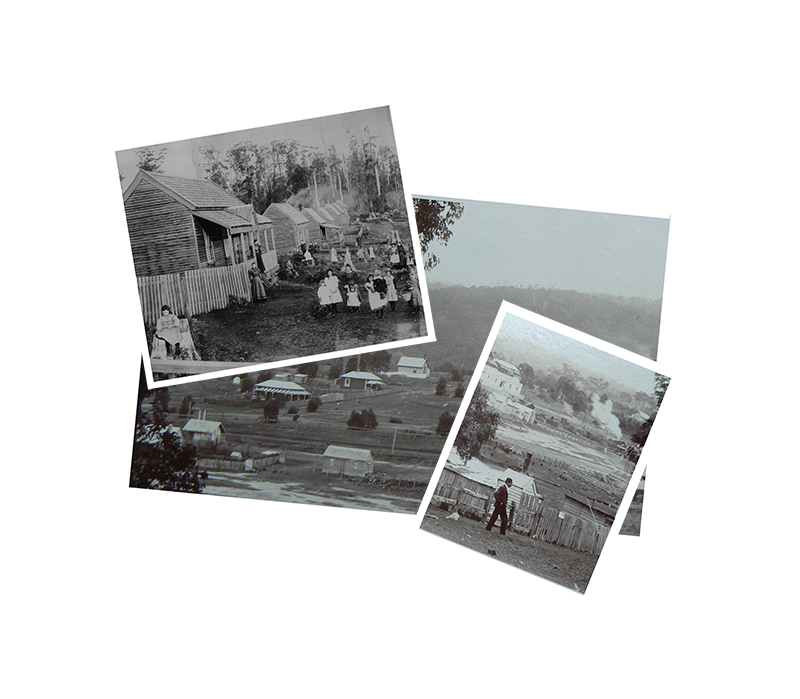WANDONG HISTORY GROUP INC.
WANDONG HISTORY GROUP INC.
About Us
About Us


Enemy Aliens at Mt Disappointment.
During World War II, Australian authorities established internment camps for three reasons – to prevent residents from assisting Australia’s enemies, to appease public opinion and to house overseas internees sent to Australia for the duration of the war.
Unlike World War I, the initial aim of internment during the later conflict was to identify and intern those who posed a particular threat to the safety or defence of the country. As the war progressed, however, this policy changed and Japanese residents were interned en-masse. In the later years of the war, Germans and Italians were also interned on the basis of nationality, particularly those living in the north of Australia. In all, just over 20 per cent of all Italians resident in Australia were interned.
Australia interned about 7000 residents, including more than 1500 British nationals, during World War II. A further 8000 people were sent to Australia to be interned after being detained overseas by Australia’s allies. At its peak in 1942, more than 12,000 people were interned in Australia.
Mt Disappointment State Forest was used to house some of the internees. The main camp was at what is known as No 1 Camp, a rough drawing of the camp and photos outline the conditions that the men lived in. As far as we know there were no women interred here. Life at the camps here was relatively easy, the men worked in the forest and had freedom to move around, often visiting Reedy Creek, but always returning to the camp, those interred at No 4 Camp made regular visits to Wallan, again always returning after these forays. This was very different to other camps, in particular the Loveday Camp in South Australia which was known as a harsh camp, where the treatment of the internees was poor and life was miserable for those incarcerated there.
During World War II many internees, particularly Italians, were released before the end of the war. Others were allowed to leave the camps after hostilities ceased. Internees of British or European origin were permitted to remain in Australia after the war, including those who had been brought from overseas by British authorities. Most of those of Japanese origin, however, including those who were Australian-born, were ‘repatriated’ to Japan in 1946.
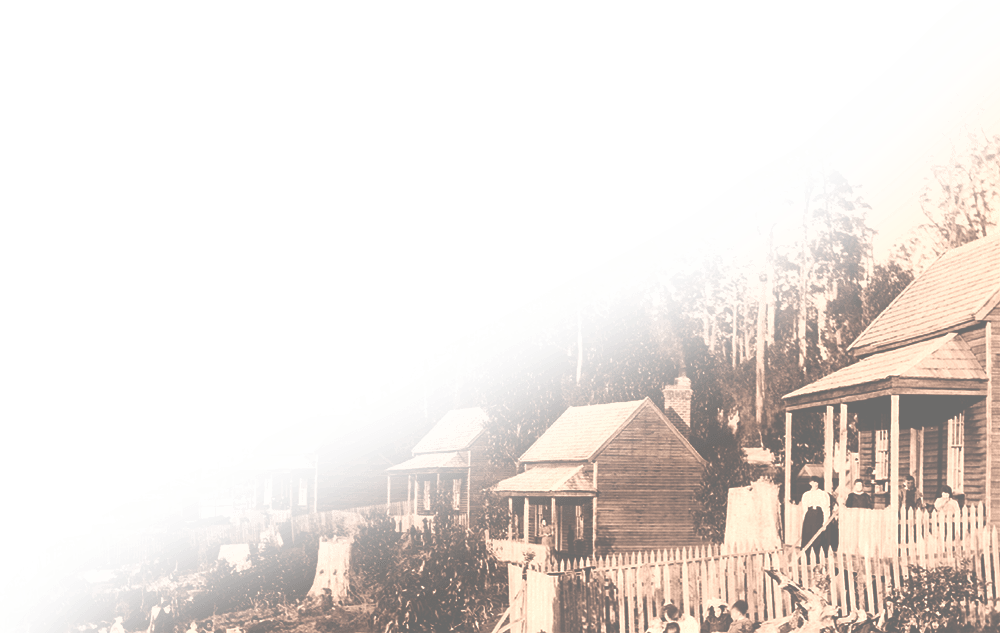
Recording and Preserving Our Past


